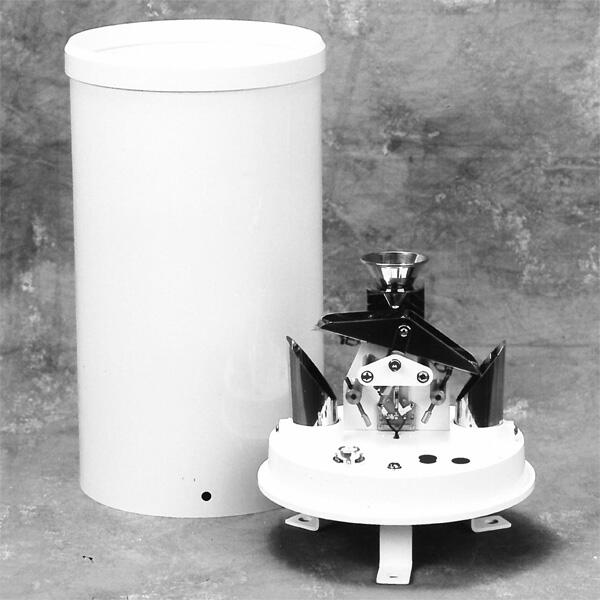
# Rain Gauge Uses in Weather Monitoring and Water Resource Management
Rain gauges are essential tools in meteorology and hydrology, providing critical data for weather monitoring and water resource management. These instruments measure the amount of precipitation over a specific period, helping scientists, farmers, and policymakers make informed decisions. Below, we explore the various uses of rain gauges and their significance in different fields.
## Weather Monitoring
One of the primary uses of rain gauges is in weather monitoring. Accurate precipitation data is crucial for forecasting weather patterns, predicting storms, and understanding climate trends. Meteorologists rely on rain gauges to:
– Track rainfall intensity and duration.
– Analyze seasonal precipitation trends.
– Improve the accuracy of weather models.
By collecting data from rain gauges, meteorologists can issue timely warnings for floods, droughts, and other weather-related hazards, ultimately saving lives and property.
## Water Resource Management
Rain gauges play a vital role in managing water resources, especially in regions where water scarcity is a concern. They help in:
– Estimating water availability for agriculture, industry, and domestic use.
– Planning irrigation schedules for crops.
– Monitoring reservoir levels and groundwater recharge.
For instance, farmers use rain gauge data to determine the optimal time for planting and harvesting, ensuring efficient water use and maximizing crop yields.
## Environmental Studies
Rain gauges are also indispensable in environmental research. Scientists use precipitation data to:
– Study the impact of climate change on ecosystems.
– Monitor watershed health and water quality.
– Assess the effects of deforestation and urbanization on local rainfall patterns.
This information is critical for developing strategies to mitigate environmental degradation and promote sustainable development.
## Urban Planning and Infrastructure
In urban areas, rain gauges are used to design and maintain infrastructure that can withstand extreme weather events. Planners and engineers rely on precipitation data to:
– Design effective drainage systems to prevent flooding.
– Build resilient roads, bridges, and buildings.
– Manage stormwater runoff to reduce pollution in water bodies.
By integrating rain gauge data into urban planning, cities can better prepare for the challenges posed by climate change.
## Conclusion
Rain gauges are versatile instruments with applications ranging from weather forecasting to environmental conservation. Their ability to provide accurate and reliable precipitation data makes them indispensable in modern society. Whether it’s predicting a storm, managing water resources, or planning sustainable cities, rain gauges play a crucial role in shaping a safer and more efficient world.
Keyword: rain gauge uses
